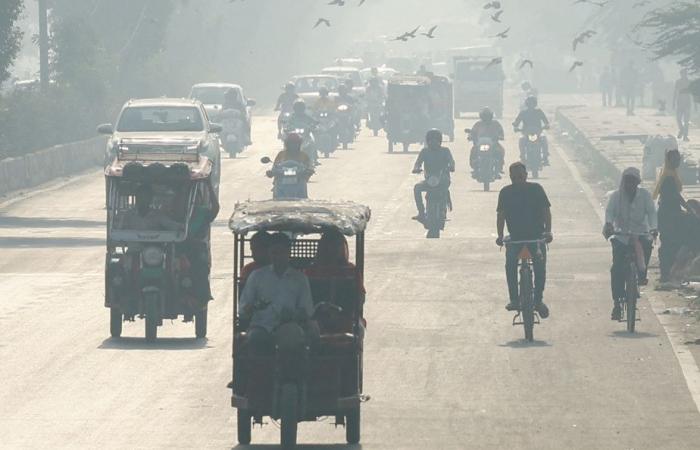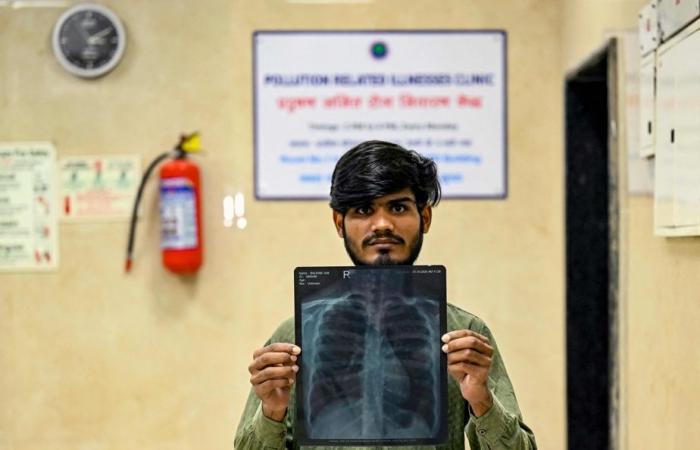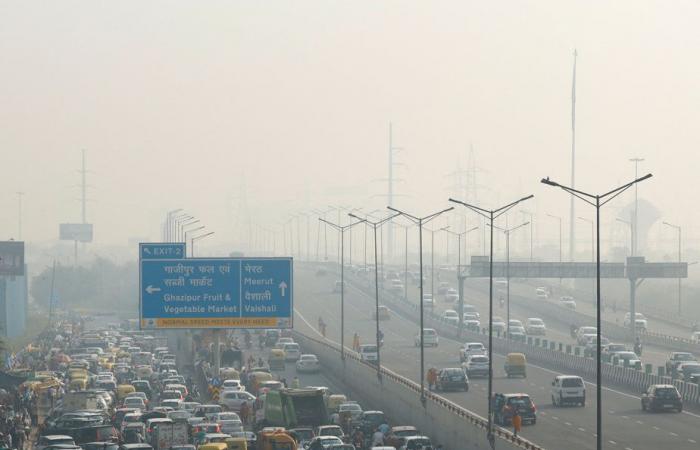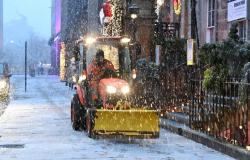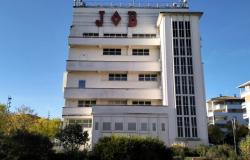(New Delhi) “I can’t get rid of my cough.” With a lung x-ray in his hand, Balram Kumar joined the queue of victims of the smog of pollution which, every winter, envelops the Indian capital every winter in front of a hospital in New Delhi.
Posted at 6:26 a.m.
Abhaya Srivastava
Agence France-Presse
“I hardly slept all night,” sighs fatalistically, the 24-year-old worker while waiting in front of the service specially set up by the Ram Manohar Lohia Hospital to accommodate those suffering from breathing difficulties.
“My chest hurts every time I cough,” he describes. “Even though I take medication, it doesn’t change anything.”
PHOTO MONEY SHARMA, AGENCE FRANCE-PRESSE
Balram Kumar
For years now, the capital of India has systematically topped the list of the most polluted megacities in the world.
In winter, the fumes from industries and vehicles are added to those from agricultural burning to create a thick toxic cloud that colder temperatures and weaker winds spread over the megacity and its 30 million inhabitants.
On Tuesday, the air concentration of PM2.5 microparticles – the most dangerous, because they diffuse into the blood – reached 278 micrograms per cubic meter, according to the AQI index.
A level 18 times higher than the maximum level considered acceptable by the World Health Organization (WHO). On certain days, it can exceed this threshold by up to 30 times.
Insufficient measures
The Indian government’s numerous initiatives, such as a campaign suggesting motorists turn off their engines at red lights, have not made it possible to reduce the pollution which bathes its capital.
And as if these factors were not enough, the thickness and harmfulness of the cloud which covers New Delhi becomes even worse during the Hindu festival of Diwali, when its inhabitants celebrate the triumph of light over darkness with lots of firecrackers and fireworks. fireworks.
At the head of the special clinic at Ram Manohar Lohia Hospital, Dr.r Amit Suri observed an increase of 20 to 25% in the number of cases of respiratory illness after Diwali.
“Most patients come in complaining of dry cough, throat irritation or watery eyes. Some also suffer from skin rashes,” describes the Dr Suri.
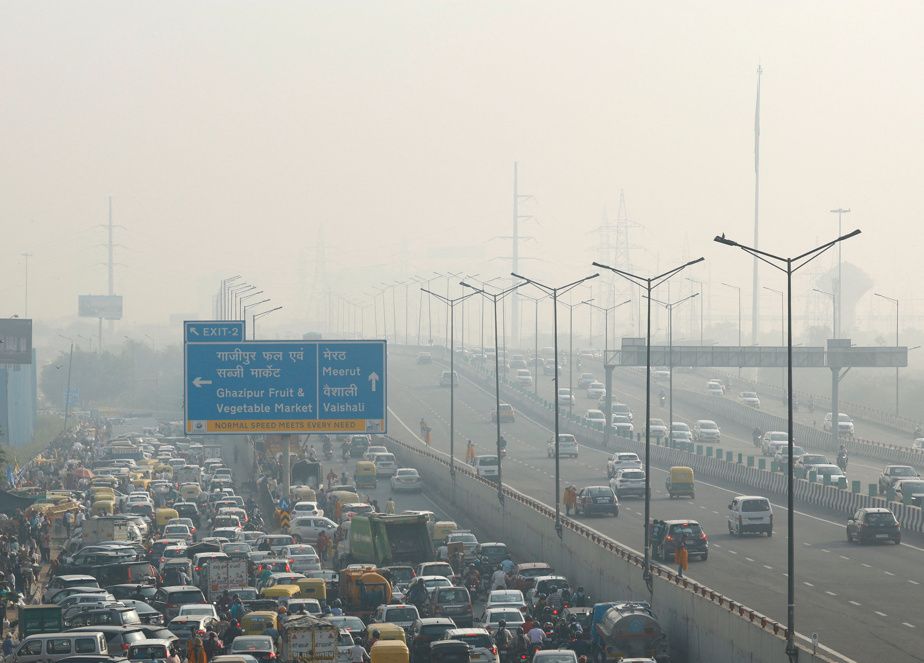
PHOTO ANUSHREE FADNAVIS, REUTERS
To his patients, the doctor prescribes some free medications and advice: keep the windows of your home closed, go out masked, etc.
According to the WHO, air pollution can cause cardiovascular and respiratory diseases as well as lung cancer.
A study published in the medical journal Lancet blamed poor air quality for the deaths of 1.67 million Indians in 2019.
“So deprived”
Another, released in June in the Lancet Planetary Health Journalestimated that pollution was responsible for 7% of mortality in the ten largest Indian cities. In New Delhi, this figure reaches 11.5%, or 12,000 deaths per year.
Last month, the Supreme Court, the highest court in the world’s most populous country, added clean air to the list of basic human rights and ordered the government to act accordingly.
Without much effect. The ban on firecrackers decreed this year by the capital’s authorities was hardly enforced…
“We need to raise awareness among the population and do something, because the problem is getting worse every day,” warns a hospital official, Dr.r Ajay Shukla, who says that on some days breathing New Delhi’s air is as harmful as chain smoking.
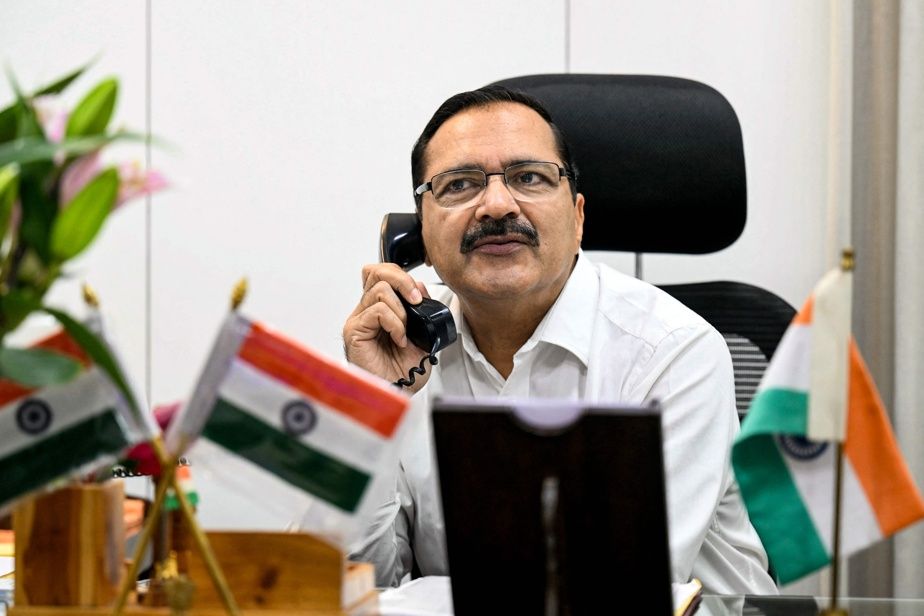
PHOTO MONEY SHARMA, AGENCE FRANCE-PRESSE
Ajay Shukla
Despite these frightening data, a large part of the city’s population, with modest incomes and no health insurance, does not have the means to protect themselves.
“The doctors asked me not to go out and not to breathe polluted air, but how will I survive if I don’t go out? “, asks Kanshi Ram, 65, a worker whose severe cough has prevented him from going to work these days. He earns 500 rupees ($8.25) a day.
“I feel so deprived,” he laments, “I don’t know what I did to deserve this.”

